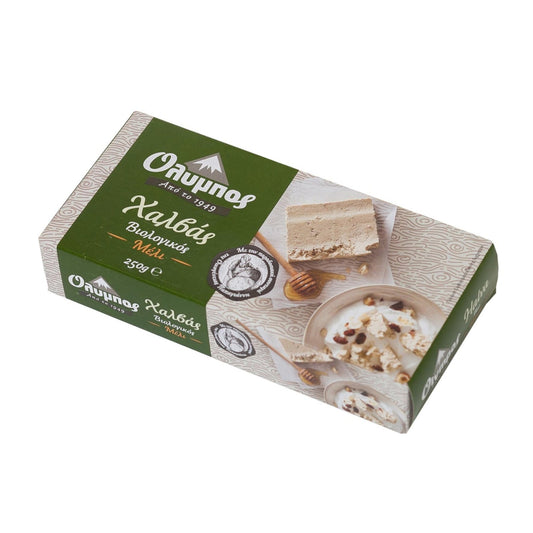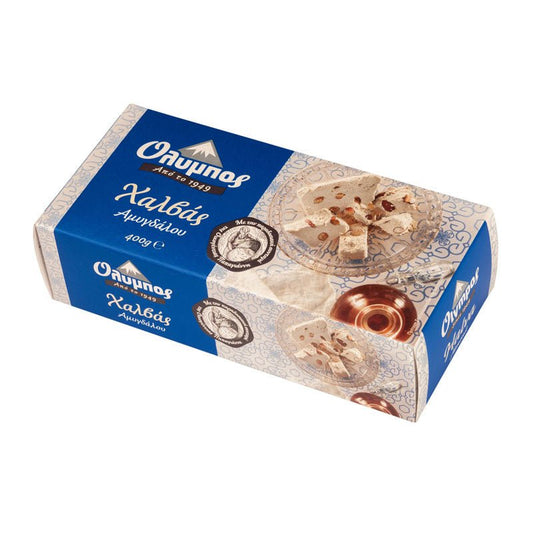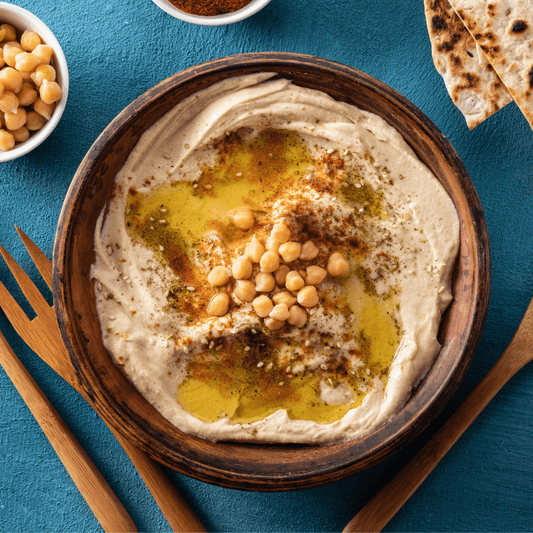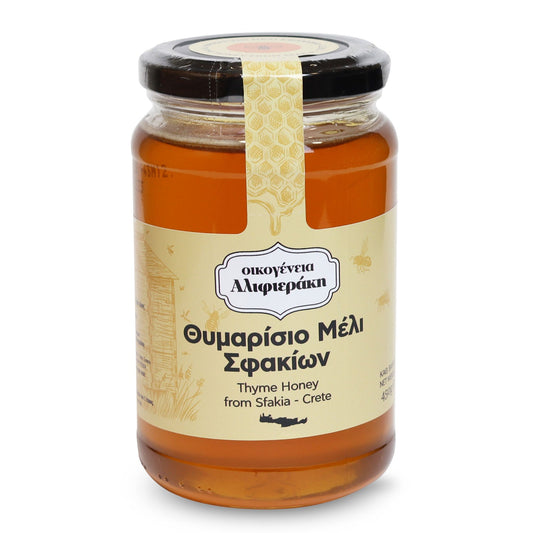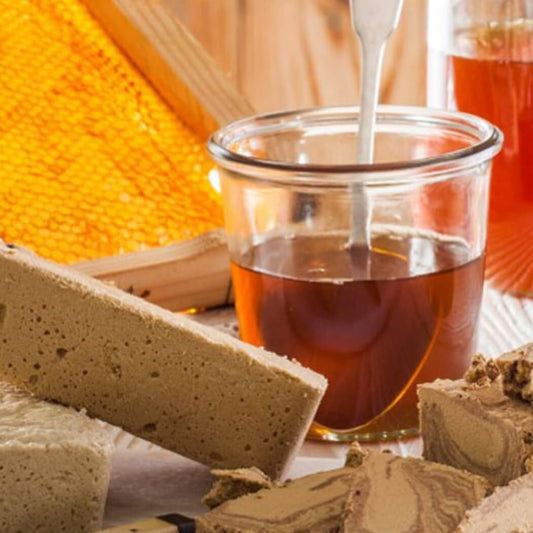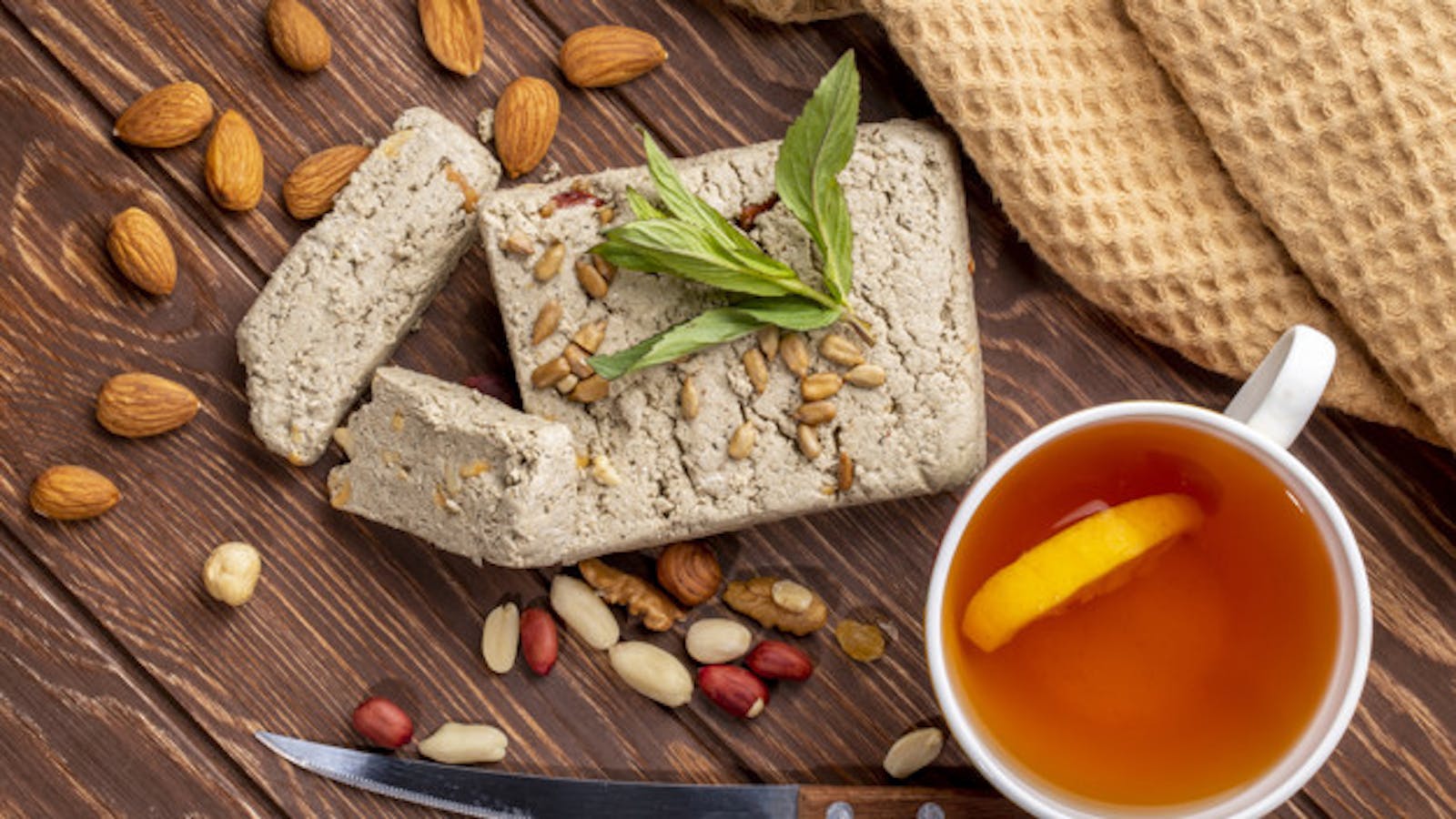
It is one of those dishes served from the Balkans to India and claimed as their own by virtually every culture and country in between.
There are many versions. Basic halva, as found in the Balkans and Turkey, is a simple dessert. The most common version is made by cooking semolina.
Halvas and its history
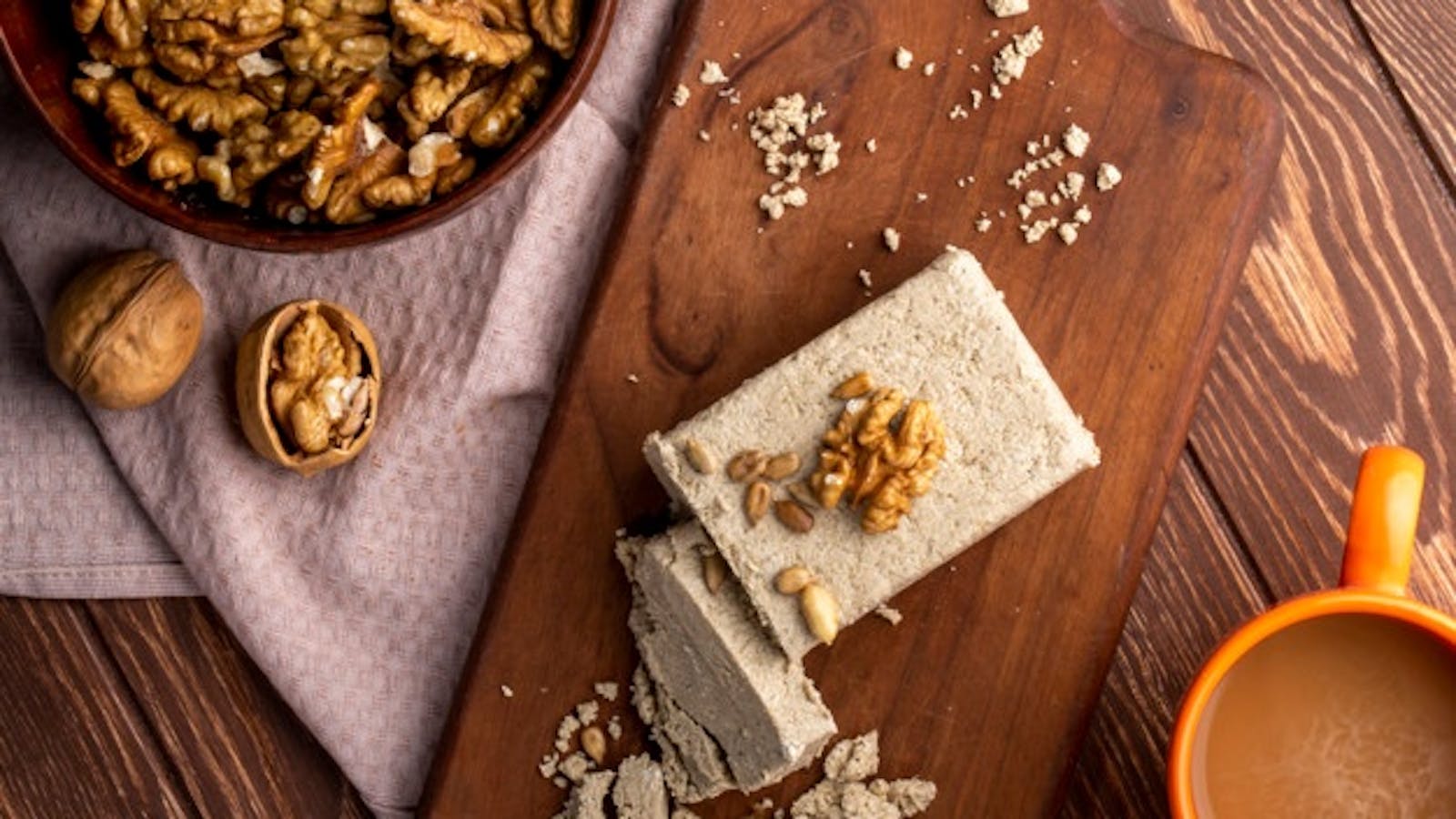
According to Alan Davidson of The Oxford Companion to Food, halwa is an Arabic dish. Eight different types of halva and their recipes are mentioned in middle eastern culture.
Food historians suggest that the halva was found sometime in 3000 BC. As old as the hills and their roots. The word "halava" is considered Arabic and has its origins in the word "halwa", which means "sweet dish" or "sweet meat".
Greek halva

The handmade traditional Greek halva is made from tahini (crushed peeled sesame seeds), sugar syrup 41%, sugar 5.5% and vegetable oil 2% with additional different textures (nuts) and flavors. Sesame halva is popular in the Balkans, the Middle East, and other areas around the Mediterranean. The main ingredients in this confectionery are sesame butter (tahini), sugar, glucose and / or honey.
The traditional Greek semolina-based halva recipe is often referred to as "1: 2: 3: 4" as the proportion of ingredients needs to be added since it takes one unit of oil, two semolina, three sugars and four water.
If you've never tried Greek semolina halva, you'll be amazed by the delicious taste of these 4 humble ingredients combined. In making the recipe, the semolina is first toasted in oil and then soaked in hot syrup with the flavors and mixtures of cinnamon and clove.
For the Greeks, this sweet treat is one of the main Lenten sweets, especially the variety made with tahini and sold in block or brick form.
This type of halva is called Makedonikos Halvas (Macedonian Halva). It is sold by weight and is plain, chocolate-flavored or topped with nuts. Greeks like to eat Makedonikos Halvas, sprinkled with lemon juice and cinnamon.
However, there are at least five or six other versions of halva in Greece. The most interesting recipes are the obscure cheese-based halvas that can be found in some parts of northern Greece, as well as on several Aegean islands. It is mixed with sugar and sometimes a little flour. Farsala near Volos is famous for its smoothly structured halva, known either as sapoune or as "halva farsalon".
Although halva is common across Greece, it seems very likely that the etymology and possibly the origin of the dish are Turkish. According to the "Classic Turkish Dictionary", the word "halva" means sweet in Turkish, but has evolved over time and is mainly associated with the name of the sweet in question.
Halva, Helva, Halwa or Halvah?

According to some other legends, the method of cooking halva has its roots in the Ottoman Empire.
In the "Turkish Cookbook", Nevin Halici writes that Halva - or Helva, as it is called in Turkey - is the oldest dessert in Turkish cuisine.
One of the most famous lovers of sweets was Suleiman the Magnificent (1520-1566), the longest reigning sultan of the Ottoman Empire, who built a special kitchen called Helvahane (House of Halva) next to his palace. 30 types of sweets were made. One made with sesame tahini was adopted by Ottoman-ruled Romanians who passed it on to Ashkenazi Jews in Europe. It was this version that made the transatlantic voyage to America in the early 20th century.
In the 17th century, Istanbul's elite hosted lavish dinners called helva dinners. At these Helva dinners, the sweet was served as a kind of interlude between discussion and conversation sessions. Helva dinners are still held in some parts of Anatolia today.
Today Helva is still a very popular sweet in Turkey, which is used on special occasions, but especially for marking births and deaths.
There are different versions like "Kara Topak Helva", "Un Helvasi", "Irmik Helvasi".
Though there is controversy over its origins, it appears to have moved south and east from Turkey to Syria and Lebanon, the Gulf States, Afghanistan and finally India. Some sources say that Turkish emigrants, not Ottoman conquerors, brought it to the Arab countries about a hundred years ago. Most agree that it was introduced to India by the Mughals in the 16th century.
In the Gulf States, "halwa" can be made from corn meal, butter, sugar, nuts, cardamom and saffron and served in small containers like individual puddings. It is one of the most widely consumed sweets, usually drunk with coffee and served to visitors. One also comes across the tahini-based version, to which an emulsifier called saponins, an extract from the roots and bark of a tree called Saponaria Officinalis, is added. This version is known as "rahash" in the Gulf and "halwa shamiyah" in the Maghreb countries.
In Bahrain, Kuwait and Qatar we encounter the "Sembosa Helwah", which is made from ground almonds, sugar, cardamom, saffron, rose water, flour, oil and water. The ingredients are kneaded and fried together, and the dish is often prepared for wedding parties.
In Iran, halva is sometimes translated as saffron cake and is mostly made by browning flour in medium heat in a small saucepan. They often use a candy thermometer and check the mix with a wooden spoon if it has reached a soft ball stage. Then, the mixture is spread out in a shallow bowl (or loaf pan) and garnished with pistachios.
Oddly enough, in Iran it is sometimes served as a main course. The Iranians also make a liquid form of halva with the same ingredients but three times the amount of water that is served hot.
But of all the countries in the east, India has by far the most unusual recipes. In northern India, as well as in Maharashtra, Tamil Nadu and Karnataka, the most common type of halva - the Indian sooji halwa - is essentially the sooji / rava confectionary (semolina), which is below Adding water, fat, sugar and water is made additives. This is very similar to the Greek tradition of halva, which is referred to there as 1: 2: 3: 4, as the proportion of the ingredients that are to be added to the pulpy confectionery (fat, semolina, sugar and water).
Halva was first introduced to the US in 1907 when Ukrainian émigré Nathan Radutzky was producing his first batch in Manhattan's Lower East Side. Oddly enough, Nathan's recipe using tahini as the main ingredient preferred the halva style found in Turkey over the sunflower seed formulation of its Ukrainian heritage.
"People love it or hate it", admits Radutzky; In the United States, it is still most likely to be found in specialty stores such as the Jewish, Persian, and Greek markets. Halwa is also available in health food stores: Although the high fat and carbohydrate content prevents Halwa from being classified as "healthy".
Ultimately, the halva spread to the Middle East, the Mediterranean, Central Asia, and the subcontinent. In each new locale, the name and ingredients have changed slightly.
Halwa is a confectionery made from flour, sugar, water, nuts and with or without oil / fat. It is clearly of Arabic origins and from there appears to have traveled both east and west through trade and conquest.
Health benefits of Halva

Tahini and halva both have many health benefits. In fact, their benefits come from the sesame seeds. Tahini is made from 100% ground sesame seeds, while 50% of the halva is made from tahini. Sesame oil is known as the "queen of oils".
Some of the health benefits are the following:
- Nourishes the body
- Promotes cell integrity and function
- Enhances vitamin E activity
- Keep your heart healthy
- Supports immune response
- Protects the skin
But...
There are a few things to keep in mind when consuming halva.
Sugar in some form is one of the two main ingredients in halva. Extra sugar increases the number of calories in your diet without providing essential nutrients.
Also consider the safety of this product. Halva can be contaminated with salmonella if they not stored properly. That's why we use a plastic wrap and keep it in a room temperature.
This doesn't mean you can't eat halva, just that you should only enjoy it occasionally and in moderation.
In Greece, the mentioned Makedonikos Halvas and Olympos are the most famous. There are different types of flavors. We can highlight some of them - Halvas with almonds, Halvas with cocoa, Halvas with vanilla or dark chocolate. We even combine it with a ice cream!
You are just one click away from the best Greek halva!




